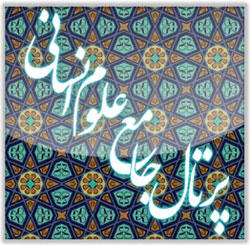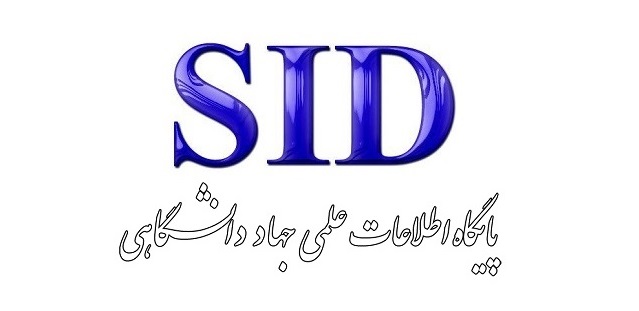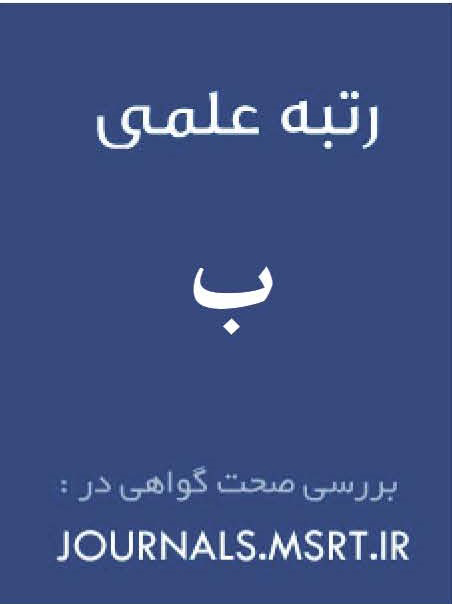Religious and Social Approach to Endowment(with Emphasis on Julfa Endowments)
Keywords:
Waqf, Jolfa, Armenian, Reza Shah, womenAbstract
The aim of this study is to explain the status of waqf (religious endowments) in Jolfa during the reign of Reza Shah. The research methodology is descriptive-analytical and relies on library-based studies. Given the Armenian population and their significant role in endowing properties and assets, along with the rich cultural history of the region, this study holds special importance. Waqf can take various forms, including land, buildings, or money, often intended for helping the needy or establishing educational and religious institutions. The presence of Armenian and Christian religious minorities and historical monuments further contributes to the city's significance. In regard to Armenian endowments, especially Armenian women played a significant role. The presence of shrines (imamzadehs) and sacred tombs indicates the charitable actions of benefactors and donors who made substantial contributions to assist the underprivileged. There are approximately 452 different types of waqf in Jolfa County, of which 65 endowed properties—roughly ten percent—are officially documented. These endowments include agricultural water resources, farmland, qanats, wells, gardens, villages, and commercial and residential buildings, with the main motivation of the donors being care for orphans and the poor. About twenty shrines, sacred tombs, and imamzadehs are located in this county. From the period of Reza Shah onward, women also played an active role in religious endowments. Some of the waqf documents currently held in the Jolfa Endowments Office belong to charitable and philanthropic women. The oldest women’s endowments belong to Hajieh Khanom Shahi and Mrs. Simzar Aliaei Gargari, who dedicated part of their property to the villages of Qarah Bolagh and Upper Gargar (ibid). In Jolfa County, Siah Rud, and affiliated villages, women's endowments primarily date back to the Reza Shah era. The highest number of waqf deeds from this period are related to the mourning ceremonies (ta’ziyeh) of Seyyed al-Shohada (Imam Hussein, peace be upon him).
Downloads
References
Abu Dulaf, M. a. (1963). Safarnama (Travelogue).
Abulfeda, I. b. A. (2007). Taqwim al-Buldan (Calendar of Countries). Maktabat al-Thaqafa al-Diniyya.
Ahmadi, R., & Raei, V. (2007). Jolfa from Past to Present. Akhtar Publishing.
Alvansaz Khouei, M. (2013). Comprehensive Encyclopedia of Imamzadehs and Holy Shrines of East Azerbaijan (Vol. 2).
Ehlers, E. (1995). Religious Endowments and the City of Islamic East. Waqf Miras Javidan Quarterly, Organization of Endowments and Charitable Affairs(10), 32-58.
Emam Jomehzadeh, S. J. (2000). The Role of Waqf in Improving Social, Economic, and Cultural Conditions. Waqf Miras Javidan Quarterly, 8(30), 70-77.
Hafez Zadeh, M. (1995). Aras in the Crossroads of History.
Hamavi, Y. (2001). Mojam al-Buldan (Dictionary of Countries). Cultural Heritage Organization (Research Institute), Deputy of Introduction and Education.
Jalali Azizian, H. (1999). Tarikh-e Marand (History of Marand)PB - Gohare Siah Publishing.
Kampfer, E. (1984). Safarnama (Travelogue). Khwarazmi Publishing.
Latifi, M., Sadeghi, S. M. M., & Hosseini, S. A. (2008). A Glimpse of the Face of Waqf in Islamic Iran. Ministry of Culture and Islamic Guidance.
Mohammadi, M. (2000). Analysis of the Mutual Role of Waqf and Urban Planning, New Strategic Spatial-Physical Planning in the Development and Optimal Utilization of Endowments. Waqf Miras Javidan, 8(30), 94-105.
Momeni, M. (1986). Tracing the Culture of Revelation in the Cultural, Economic, and Physical Structure of the Early Period of the City of Dowlatabad, Malayer. Geographical Research Quarterly, 1(2), 11-59.
Moqaddasi, A. A. M. i. A. (1982). Ahsan al-Taqasim fi Ma'rifat al-Aqalim (The Best Divisions for the Knowledge of Regions). Iranian Authors and Translators Company.
Mortazavi Kakhki, M., & Baramaki Yazdi, H. (2008). Waqf as the Support of Scientific Institutions in Reviving Islamic Civilization. In Collection of the International Conference on Waqf and Islamic Civilization (Vol. 3, pp. 169-190).
Ra'is Nia, R. (2000). Azerbaijan in the History of Iran. Mabna Publishing.
Riyahi Samani, N. (2008). The Transformation of the Waqf Institution. In Collection of Articles from the International Conference on Waqf and Islamic Civilization (Vol. 3, pp. 369-412). Osvah Publications.
Salimi Far, M., & Savory, R. (1991). A Look at Waqf and Economic-Social Effects… Iran under the Safavids. Astan Quds Razavi Islamic Research Foundation Markaz Publishing.
Tavernier, J.-B. (2004). Safarnama (Travelogue). Ney Publishing.
Turkman, E. B. (2011). Tarikh-e Alam Aray-e Abbasi (History of the World-Adorning Abbasid). Negah Publishing.
Ya'qubi, A. i. I. (1992). Tarikh-e Ya'qubi (History of Ya'qubi). Scientific and Cultural Publishing Company.
Yazdi, S. a.-D. A. (1957). Zafarnama (Book of Victory): Detailed General History of Iran in the Timurid Period.
Zeki Velidi Togan, A. (2021). An Introduction to the General History of the Turks. Yas Bakhshayesh Publishing.
Downloads
Published
Submitted
Revised
Accepted
Issue
Section
License
Copyright (c) 2025 Vali Abedinzadeh (Author); Nazli Eskandari Nejad; Ahed Ebadi, Masoomeh Ghareh Daghi (Author)

This work is licensed under a Creative Commons Attribution-NonCommercial 4.0 International License.







